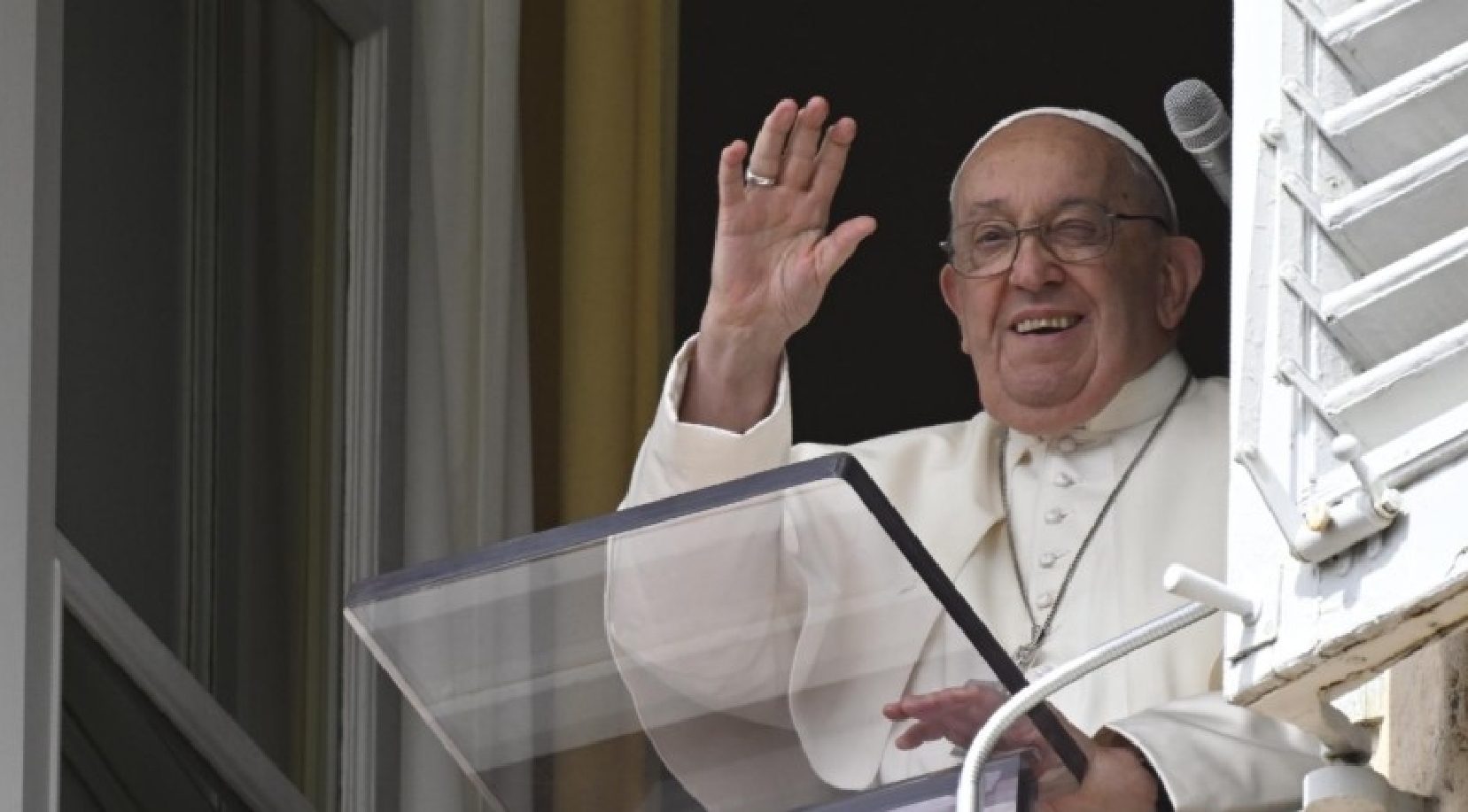It began on a boat ride in 1999. The trip on the river included captains of industry, real estate folks, public officials, philanthropists and Pittsburgh’s own Pulitzer Prize-winning author David McCullough. “Make this a place where you want to bring the people you love,” McCullough told those on board.
That same year they created the Riverlife Task Force, which became Riverlife, an organization that creates, activates and celebrates Pittsburgh’s riverfronts. “They were on that boat for an organizing opportunity,” said Matthew Galluzzo, president and CEO of Riverlife. “David provided a beautiful speech.

That trip served as the catalyst for the organization, which included a broad cross-section of Pittsburgh leadership led by former Mayor Tom Murphy.” The Ohio, Allegheny and Monongahela rivers bring life to this region, said Galluzzo, who joined Riverlife nearly five years ago. “The rivers are our calling card as a region,” Galluzzo said.
“Most people in the region have some reference to the rivers. There is no other city like it.” Since its inception in 1999, Riverlife has overseen a $150 million investment in the city’s waterfront transformation, catalyzing $4.
2 billion in related economic development, arts and culture spending and ecological sustainability on or adjacent to the city’s riverbanks, according to the organization. There was a time when people thought of the riverfronts as unapproachable and that a swamp monster might swallow them, or rivers were dangerous or not accessible, Galluzzo said, adding that a plan was devised to change this way of thinking. The organization has touched every major area on the riverfront starting at the Point State Park fountain, Downtown — a restoration project with the Allegheny Conference and the Department of Conservation in the late 1990s — to the West End Bridge and the Manchester riverfront on the Ohio River, to the 31st Street Bridge on the Allegheny, to the Hot Metal Bridge near SouthSide Works on the Monongahela.
Point State Park’s fountain was in disrepair and the infrastructure outdated. The fountain was non-functional. A new reflecting pool leading to an interactive and playful water feature was constructed.
The South Shore Riverfront Park, once the site of an old steel mill, was a neglected and underutilized area and is now a spacious green space. The Mon Wharf now features a trail leading to Point State Park with benches and planters filled with flood-resistant trees and shrubs. “Riverlife has such vision and creative ideas,” said Christian Wirginis, vice president of operations for Gateway Clipper.
“The organization’s passion for the rivers is infectious and has changed people’s perspectives about the rivers.” He said updating the fountain in Point State Park was huge. “The Point is the front yard of the city,” Wirginis said.
“And there is so much history to Pittsburgh’s rivers. We talk about that on our cruises.” Galluzzo said there is still more work to be done, and that includes “completing the loop,” which is 15 miles and more than 1,055 acres of parks, trails and green spaces stretching from the West End Bridge and the Manchester riverfront on the Ohio River and the 31st Street Bridge on the Allegheny to the Hot Metal Bridge near SouthSide Works on the Monongahela.
The loop sees nearly 2 million individuals annually, according to the organization. Point State Park is the most visited location, with nearly 300,000 visitors each year. One of the biggest gaps in the loop is the West End Bridge, where Riverlife is currently investing resources.
“There has not been a significant redevelopment project on Pittsburgh’s rivers that Riverlife hasn’t played a pivotal role in,” said Emily Balawejder, Riverlife director of communications. “Our unique DNA allows us to reposition former steel mill sites, create interlocking parks and green spaces, develop extensive trail networks and consider how all these elements work together.” Riverlife continually evaluates its investments and what repositioning might be necessary.
Riverlife has collaborated with the City of Pittsburgh, the Department of Conservation and Natural Resources, the Stadium and Exhibition Authority and the Urban Redevelopment Authority. Other partners include Friends of the Riverfront, Venture Outdoors, Western Pennsylvania Conservancy and Allegheny Land Trust. An example of how the rivers attract thousands of guests was when the large rubber duck was on the Allegheny River in 2013 — the Pittsburgh Cultural Trust brought “ The Rubber Duck Project, ” a 40-foot-tall bright yellow duck created by artist Florentijn Hofman.
Last weekend, Riverlife partnered with the Flotsam River Circus, a Seattle, Wash.-based ensemble of artists for a series of riverfront performances. “Water has a unique power to make us more playful, and more connected,” said Galluzzo.
“Especially as Riverlife celebrates our 25th year, we are always looking for creative and catalytic moments on our rivers and riverfronts.” In addition to completing the loop, Riverlife will be part of the NFL Draft in Pittsburgh in April 2026, which will include utilizing the rivers. Currently, work is being done on the restoration of Allegheny Riverfront Park, near the Cultural District on Fort Duquesne Boulevard.
There will be improvements to Allegheny Landing Park and potential amenities to support the upcoming NFL draft in 2026. “We want to impact the experience during that time in a meaningful way,” Galluzzo said. “We are very excited about the draft and the energy that that will bring to Pittsburgh.
We are thinking of creative ways to use our open spaces from our bridges to our parks to the rivers. It’s amazing that all of this started from a boat ride, but that kind of makes sense that they were out on the river discussing how to best utilize the rivers and riverfronts.”.



















